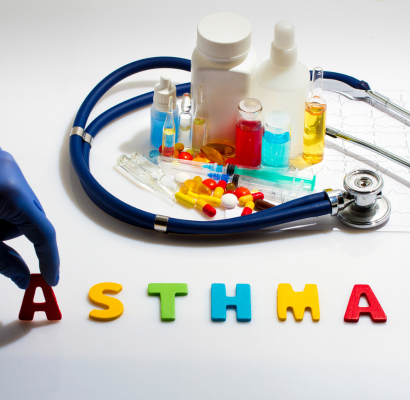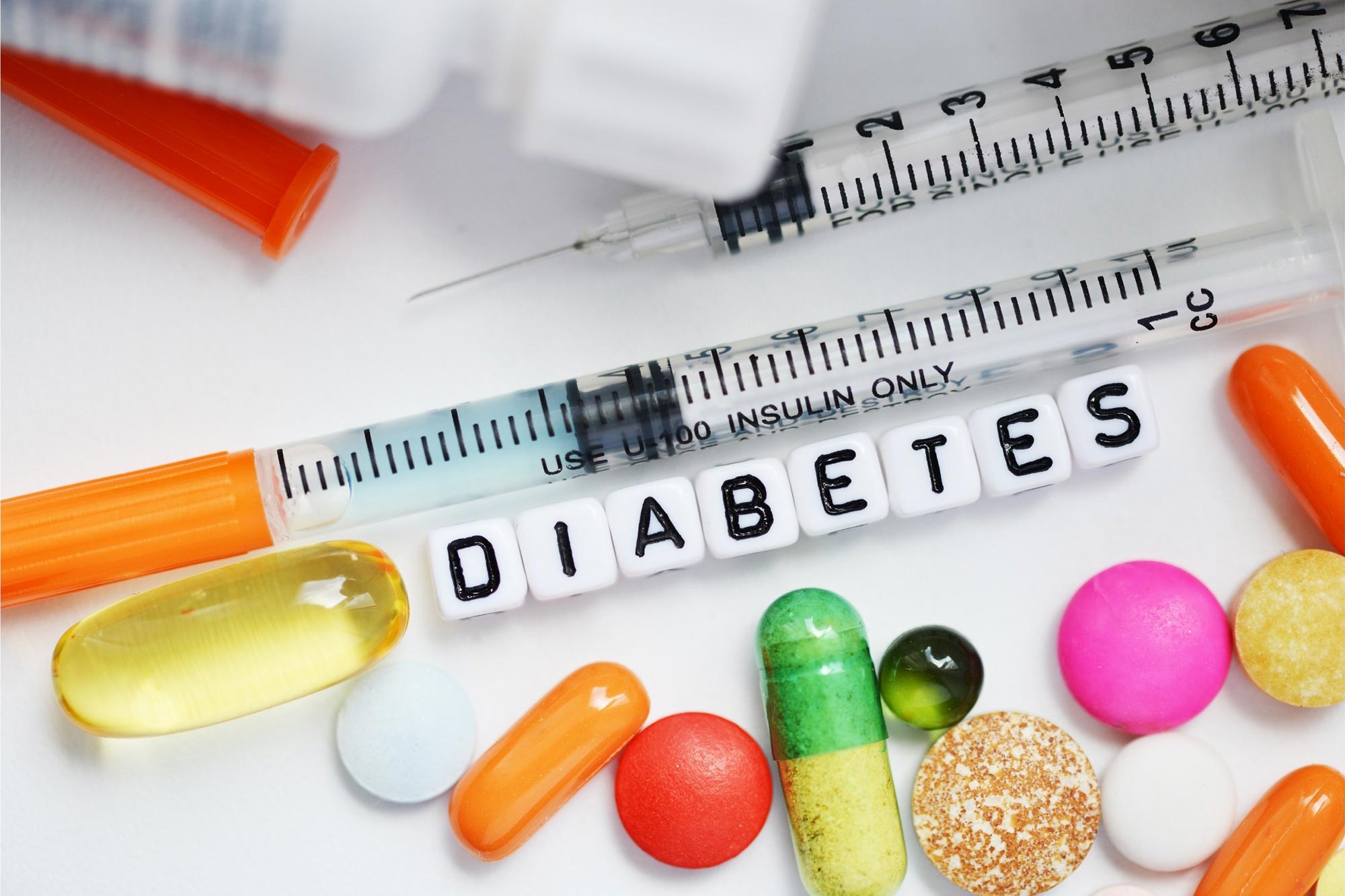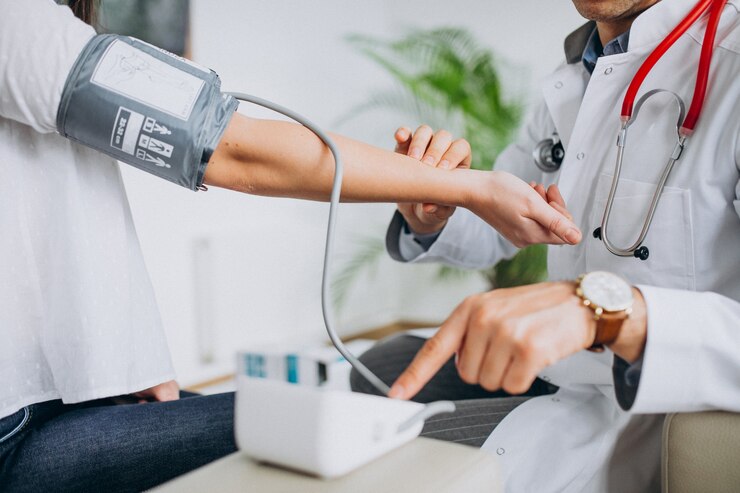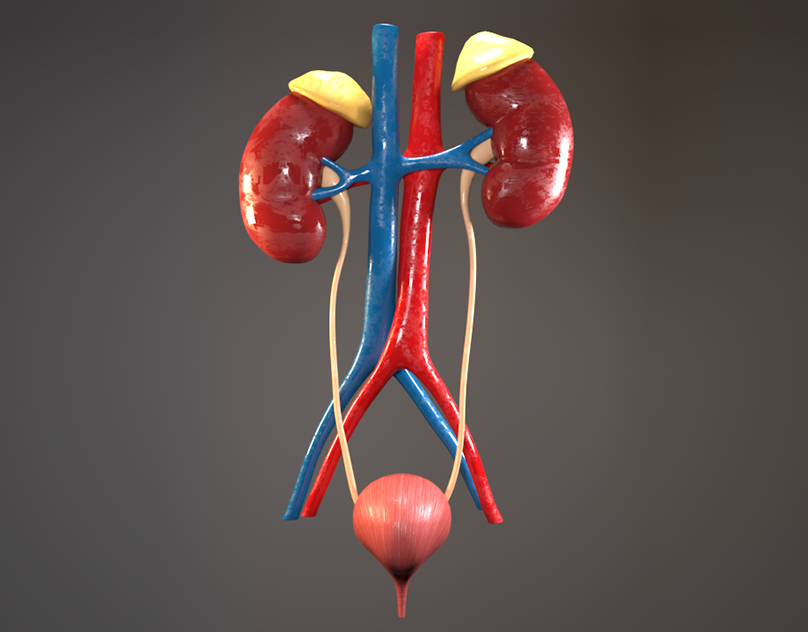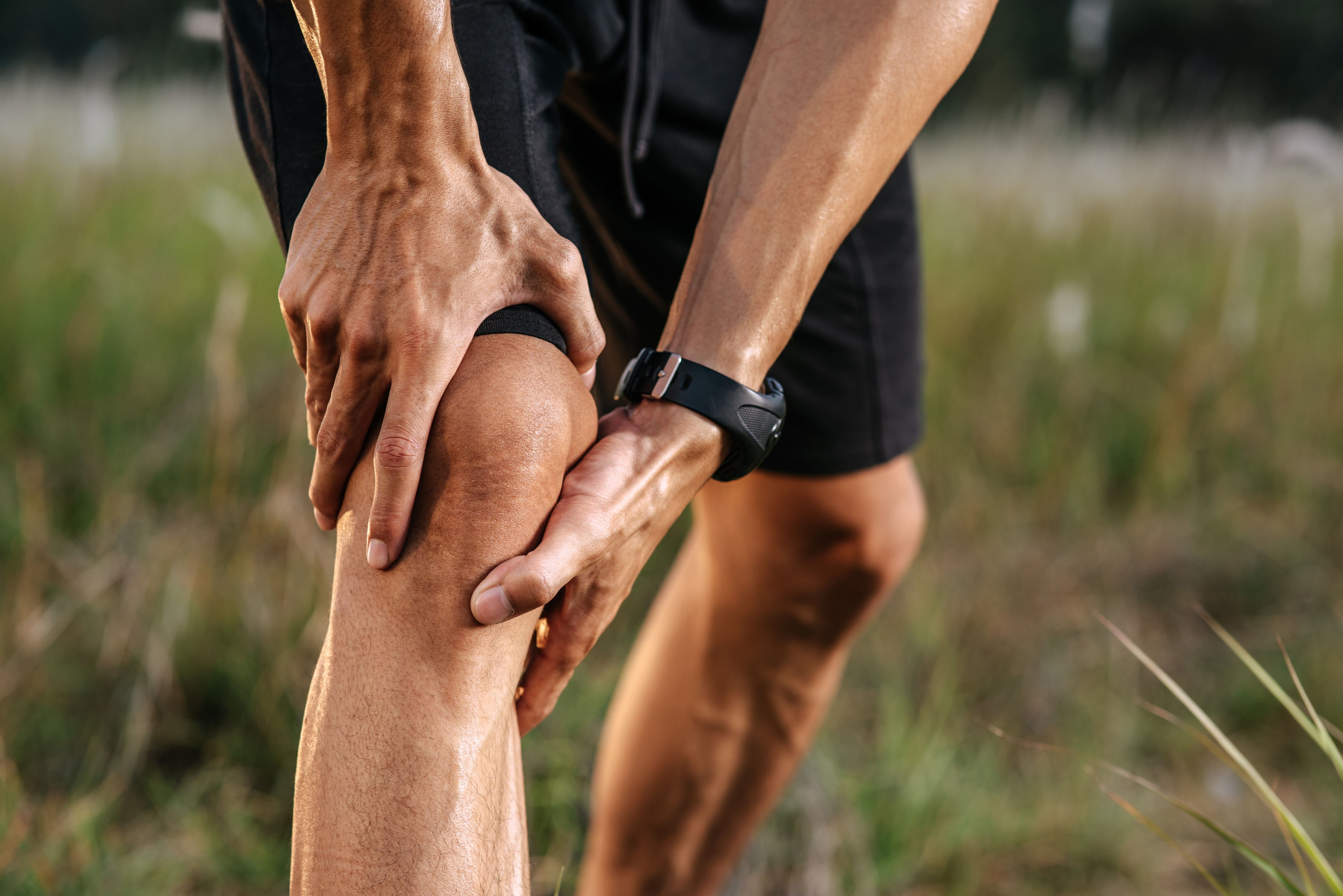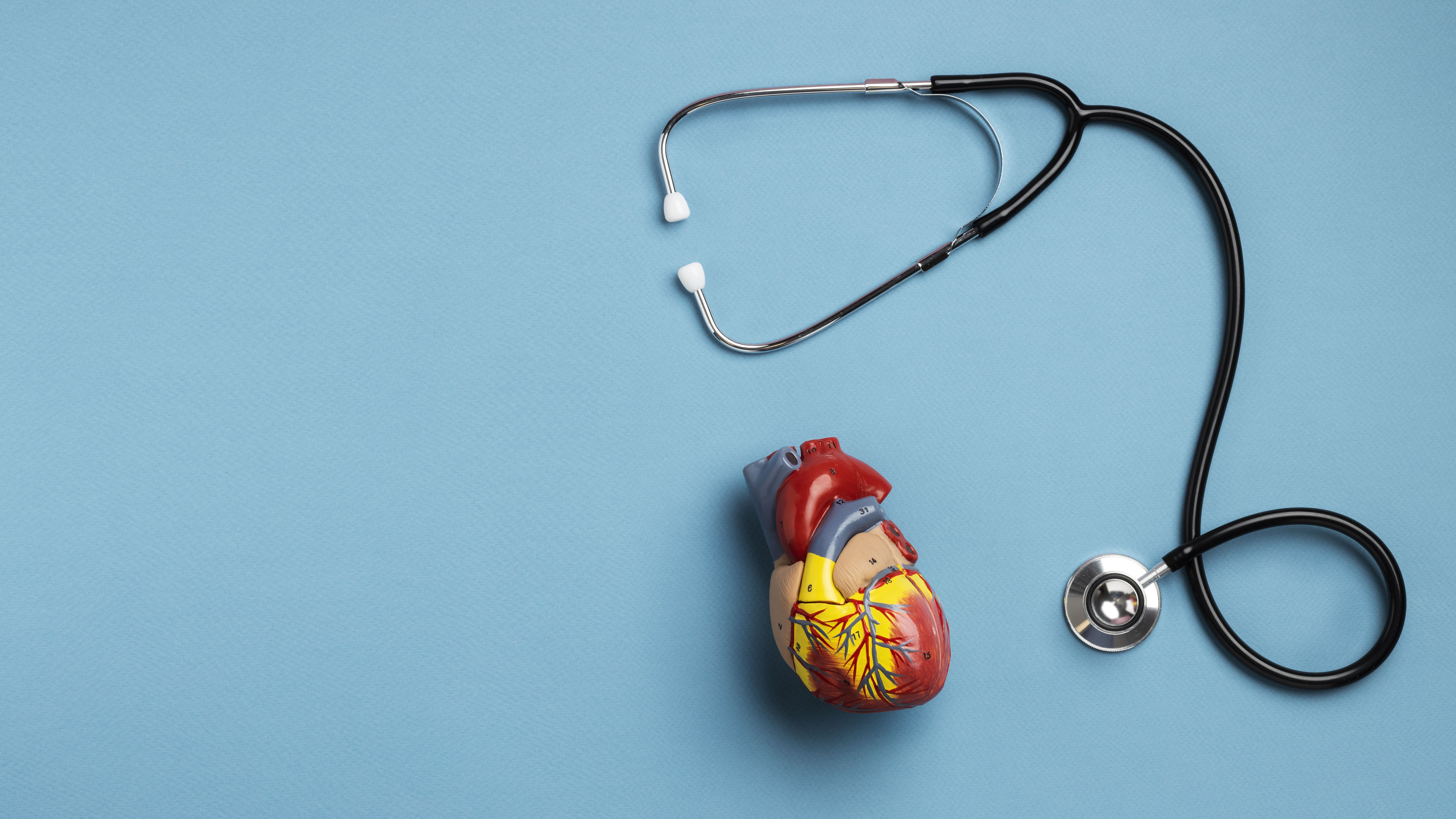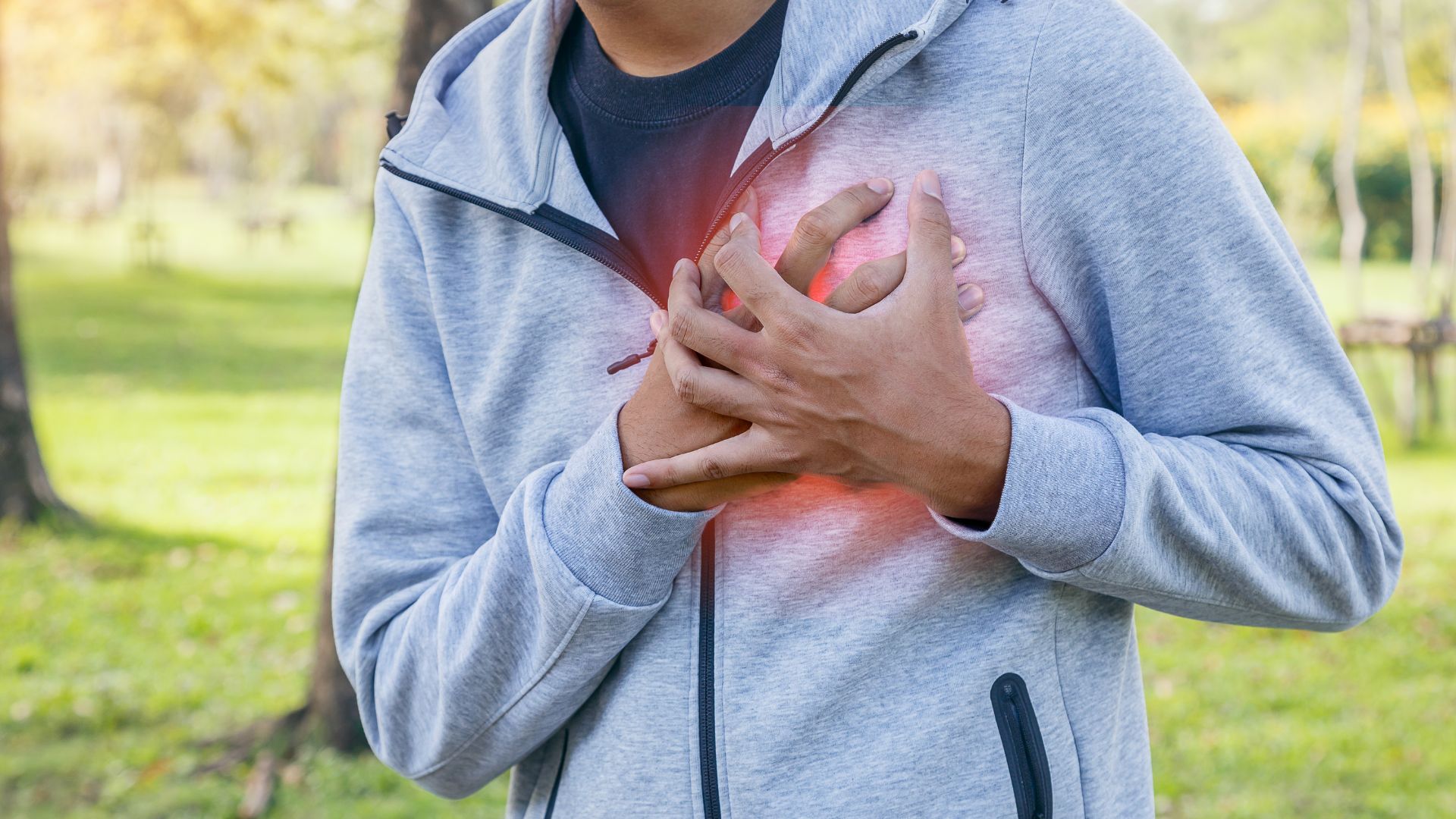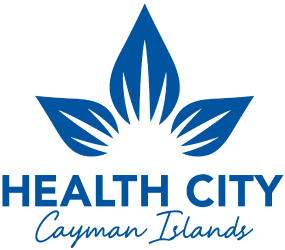
Sleep Disorders
February 1, 2023
You’ve counted the sheep, drank the chamomile tea, and made sure your room is pitch black. Sadly, several hours have passed since you climbed into bed and although you’re quite exhausted, you simply can’t fall asleep. This has been happening for a while now. What could be behind it?
Sleep Disorders
Sleep is a naturally recurring state that is necessary to maintain your physical and mental health. Most adults need about 7 to 9 hours of sleep each night in order to feel awake enough during the day. So what happens if you don’t get enough ZZZs? Well, a lack of proper sleep can lead to neurocognitive and performance deficits, poor work productivity, excessive sleepiness, a higher chance of accidents/mistakes, and a general decrease in one’s quality of life. But what are sleep disorders anyway?
Sleep disorders are conditions that prevent a person from getting restful, refreshing sleep and, as a result, can cause daytime sleepiness and dysfunction. There are approximately 60 different types of sleep (or sleep-wake) disorders as per International Classification for Sleep Disorders, 3rd Edition (ICSD-3). For this article, we’ll consider a few of the more common ones.
Insomnia
Insomnia is the most known sleep disorder, where people have difficulty falling or staying asleep. Those with insomnia have one or more of the following symptoms.
Difficulty falling asleep
Waking up often during the night and having trouble going back to sleep
Waking up too early in the morning
Having unrefreshing sleep
Having at least one daytime problem such as fatigue, sleepiness, problems with mood and concentration, and accidents at work or while driving etc. due to not sleeping well
Sleep Apnea
Sleep apnea occurs when a person’s breathing is interrupted during sleep. There are two types of sleep apnea. Obstructive Sleep Apnea (OSA) is more common and is caused by a blockage of the airway, usually when the soft tissue in the back of the throat collapses during sleep. In Central Sleep Apnea (CSA) the airway is not blocked, but the brain fails to tell the body to breathe. People with CSA may gasp for air but mostly report recurrent awakenings during the night.
Narcolepsy
Narcolepsy is a neurological disorder of sleep regulation that affects the control of sleep and wakefulness. People with narcolepsy experience excessive daytime sleepiness and intermittent, uncontrollable episodes of falling asleep during the daytime. These sudden sleep attacks may occur during any type of activity at any time of the day. Some patients with narcolepsy experience sudden muscle weakness with laughter or other emotions. They may also have problems with depression or anxiety. Narcolepsy usually begins between the ages of 15 and 25, but it can become apparent at any age. In many cases, narcolepsy is undiagnosed and therefore untreated.
Restless Legs Syndrome
Do you often have an intense, irresistible urge to move your legs, especially in the evenings? It could be Restless Legs Syndrome (RLS), which is brought on by resting, such as lying down in bed, or sitting for prolonged periods, such as while driving or at a theatre. RLS can be associated with problems with daytime sleepiness, irritability and concentration. If you’re an RLS sufferer, you’ve likely wanted to walk around and shake your legs to help relieve the uncomfortable sensation.

How Are Sleep Disorders Diagnosed?
So you think you have a sleep disorder. Now what? Well, in most cases, your doctor will probably be able to tell what is wrong just by talking to you. You might also be asked to keep a daily sleep log for 1 to 2 weeks, where you track how you sleep each night. However in some cases, people may need special sleep tests. A polysomnography or sleep study is a test that measures how well you sleep and checks for sleep problems. For some sleep studies, you stay overnight in a sleep lab at a hospital or sleep centre attached to monitors which record your movement, brain activity, breathing, and other body functions while you sleep. Another option is for you to wear an actigraphy, which is a small watch-like device that monitors wrist movements throughout your routine daily activities for up to two weeks. A third option is a Multiple Sleep Latency Test (MSLT), which is a ‘napping’ test, in which your brain electrical activity, eye movements, and changes in chin muscle tonus are recorded during 4-5 daytime rest periods, each lasting 20 minutes, spaced 2 hours apart. This test records sleep latency (how fast a person falls asleep) and types of sleep to measure your degree of daytime sleepiness and the presence or absence of rapid eye movement (REM) periods at sleep onset.
Treating Sleep Related Problems
The treatment of sleep disorders varies based on the underlying cause presenting as a sleep related symptom.
Most commonly they include:
- Behavioral Therapy:
This is often recommended as the initial treatment for most sleep related problems. It can include sleep hygiene education, relaxation, biofeedback, stimulus control, sleep restriction, cognitive therapy, cognitive behavioral therapy, phototherapy, and/or chronotherapy.
- Medicines:
Sleep aids may be recommended if behavioral therapy does not give the desired results.
- Positive Airway Pressure (PAP):
This is the first-line of therapy for patients with moderate or severe Obstructive sleep apnea (OSA). A small blower delivers air pressurized to 5-20 cm H2O to the upper airway via a nasal mask, full-face mask, or nasal pillow (an air seal in the nostrils). The air pressure prevents the upper airway from collapsing during sleep. This method of treatment is highly effective and has enormous health benefits when the PAP device is used consistently and as recommended.
- Surgery:
Although rarely advised, this is helpful in patients with anatomical facial abnormalities that contribute to obstructed airways. In severely overweight or obese patients, bariatric surgery may be considered as part of a multi-disciplinary approach.
Think you may have a sleep disorder?
Click here to find out more about our Sleep Lab.
